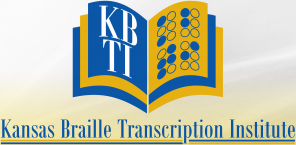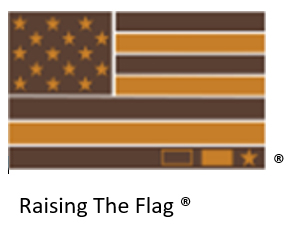Contact InformationKansas Braille Transcription Institute Call Us At |
| |
Providing Braille Training

Our Mission
Raising The Flag is a registered program of the Kansas Braille Transcription Institute (KBTI), dedicated to promoting braille literacy, equal access to information, and independence for blind and low vision individuals.
Outreach
We strive to reach out to blind and low vision individuals, their families, and communities to raise awareness about the importance of braille literacy and provide resources for support.
Education
Raising The Flag aims to educate the public, educators, and policymakers about the benefits of braille literacy, its impact on employment and independence, and the need for equal access to information.
Advocacy
We advocate for policies and practices that promote braille literacy, equal access to information, and independence for blind and low vision individuals. This includes working with schools, libraries, and other organizations to ensure that braille materials are available and accessible.
Braille Training
Raising The Flag provides braille training and resources for blind and low vision individuals, as well as for sighted individuals who want to learn braille. Our goal is to increase braille literacy rates and promote a culture of accessibility and inclusion.
By fulfilling our mission, Raising The Flag aims to empower blind and low vision individuals to reach their full potential, promote a culture of accessibility and inclusion, and create a more equitable society for all.
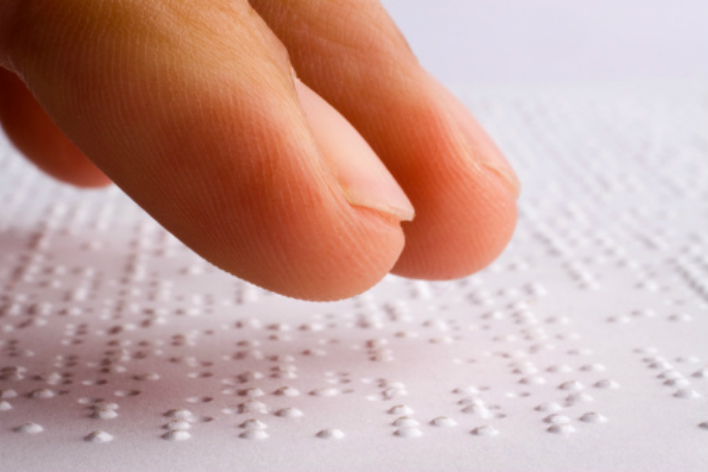
What is Braille?
Braille is a tactile writing system used by blind and low vision individuals to read and write through touch. It consists of raised dots that are arranged in specific patterns to represent letters, words, and phrases.
How Braille Works
Braille is read by running the fingers over the raised dots, which are typically arranged in a cell of six dots. Each cell represents a unique letter, word, or symbol. Braille readers use their sense of touch to recognize the patterns of dots and translate them into written language.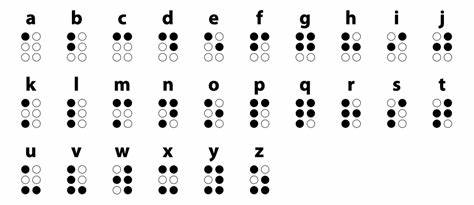
Types of Braille
There are several types of braille, including:
Grade 1 Braille: This is the most basic form of braille, where each letter is represented by a unique cell.
Grade 2 Braille: This type of braille uses contractions and abbreviations to represent common words and phrases.
Grade 3 Braille: This is a more advanced form of braille, used for technical and specialized materials.
Importance of Braille
Braille is a vital tool for blind and low vision individuals, providing them with access to written information, education, and employment opportunities. It is an essential part of independence and self-sufficiency for many individuals.
Interesting Facts About Braille
- Braille was invented by Louis Braille in 1824.
- Braille is used by millions of people around the world.
- Braille can be used to read and write in many languages.
Why Braille Matters
Braille is a vital tool for blind and low vision individuals, providing them with access to written information, education, and employment opportunities.
Here are some reasons why braille matters:
1. Independence and Self-Sufficiency
Braille enables blind and low vision individuals to read and write independently, without relying on others for assistance. This independence is essential for building confidence and self-esteem.
2. Education and Employment Opportunities
Braille provides access to educational materials, enabling blind and low vision students to participate fully in classroom activities and achieve their academic goals. Braille also opens up employment opportunities, as many careers require reading and writing skills.
3. Literacy and Knowledge
Braille allows blind and low vision individuals to access a wide range of written materials, including books, magazines, and newspapers. This access to literacy and knowledge is essential for personal growth, cultural enrichment, and social participation.
4. Equal Access to Information
Braille provides equal access to information for blind and low vision individuals, enabling them to participate fully in society and make informed decisions about their lives.
5. Preservation of Language and Culture
Braille helps to preserve the language and culture of blind and low vision communities, enabling them to pass on their traditions and heritage to future generations.
6. Improved Mental and Emotional Well-being. Braille can have a positive impact on mental and emotional well-being, reducing stress and anxiety related to inaccessible information and promoting a sense of confidence and self-worth.
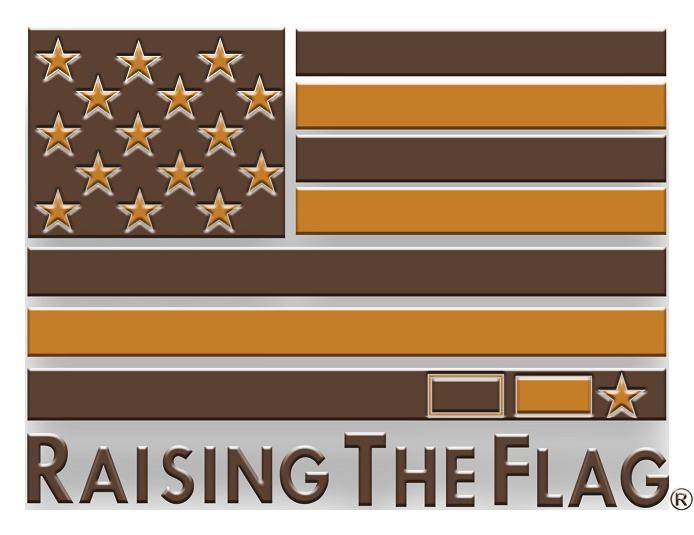
Raising The Flag
A Symbol of Advocacy and AwarenessThe term "Raising The Flag" is a deliberate choice, meant to evoke the idea of drawing attention, pointing out, and identifying something important. In this context, Raising The Flag represents a bold advocacy for the rights and empowerment of blind and low vision individuals.
Flagging Attention to Inaccessibility
Raising The Flag symbolizes the act of flagging attention to the barriers and injustices that prevent blind and low vision individuals from fully participating in society. It's a call to action, urging policymakers, educators, and community leaders to recognize and address these inequalities.
Marking a Commitment to Accessibility
By Raising The Flag, we mark our commitment to creating a more accessible and inclusive world. We identify ourselves as allies and advocates for the blind and low vision community, working tirelessly to promote equal access to information, education, and employment opportunities.
The Registered Marks
Raising The Flag and the Tactile Braille American Flag
The registered marks Raising The Flag and the Tactile Braille American Flag serve as distinctive symbols of the Kansas Braille Transcription Institute's (KBTI) presence and commitment to promoting braille literacy and accessibility. Whenever you see these marks, you can be assured that KBTI is dedicated to providing high-quality braille materials, services, and advocacy to support the blind and low vision community.
A Beacon of Hope and Empowerment
Raising The Flag serves as a beacon of hope and empowerment for blind and low vision individuals, reminding them that they are not alone in their struggles. It's a symbol of solidarity, reassurance, and support, inspiring them to advocate for their rights and pursue their dreams.
A Call to Action
Raising The Flag is more than just a symbol – it's a call to action. We invite you to join us in this movement, to raise your voice, and to demand equal access and opportunities for blind and low vision individuals. Together, we can create a more inclusive and equitable society for all.
